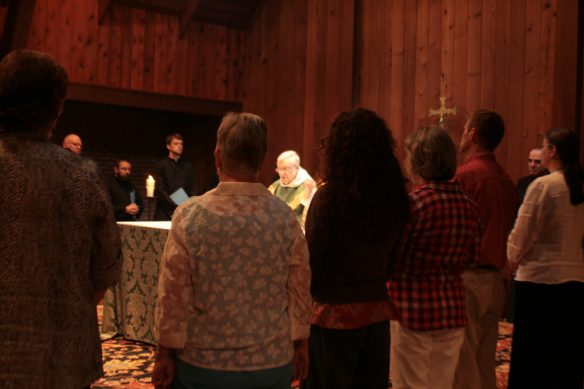Hello and welcome to Day 24 of BEDA, the end is in sight! Today I’m bringing you one of my favorite plants in the whole world. Fun fact when I go to Kew I always make a trip to the carnivorous plants room because they are just that cool! It is of course the Venus Fly Trap.
Dionaea muscipula

Scientific Classification:
| Kingdom: | Plantae |
| Clade: | Angiosperms |
| Clade: | Eudicots |
| Order: | Caryophyllales |
| Family: | Droseraceae |
| Genus: | Dionaea |
| Species: | D. muscipula |
Size: Plants are built with a rosette of four to seven leaves. Each stem reaches a maximum size of about three to ten centimeters. The longer leaves with robust traps are usually formed after flowering. Flytraps that have more than seven leaves are colonies formed by rosettes that have divided beneath the ground.
Habitat: Bogs and wet savannah, or areas are nutrient poor. Its actually only native to North and South Carolina in the US. However it has been transplanted to several locations across the world.
Conservation: The species are currently classed as vulnerable in the IUCN red list. In North Carolina there is a law stating that the removal of naturally growing venus fly traps are is a felony.
The Coolest Thing Ever About This Species:
The coolest thing about venus fly traps is of course there carnivorous capabilities. The venus fly trap is adapted to living in poor nutrient soils because it gains nutrients from the insects. The leaves have very sensitive adapted trigger hairs that when they feel pressure the movement is activated. This then closes the two leaves together and the poor insect is trapped. Digestive enzymes are then released which then turns the insect into a kind of mush and the plant can then obtain the nutrients. It’s a bit gory but I find it so cool! I’m sure that says alot about me in some way!
ThatBiologist Everywhere!





